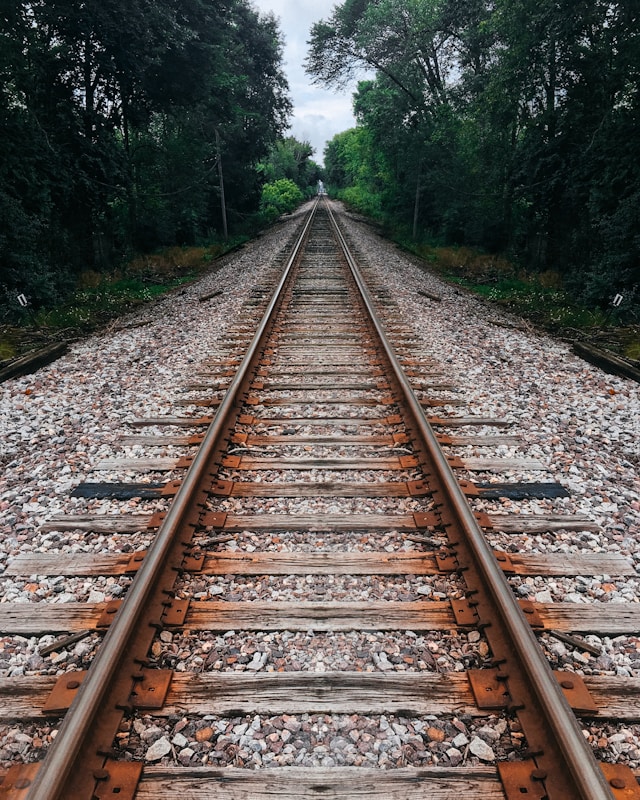Metro-North Railroad
Live Metro-North Railroad Train Map
Loading map...
Selected Network
Loading map...

Metro North Railroad: MTA-operated commuter rail serving NYC and suburbs, 412 miles, 120 stations.
The story of
The origins of Metro North Railroad date back to the early 19th century, evolving from the services of legendary railroads like the New York Central, New Haven, and Erie Railroads. These lines were consolidated under Conrail following several mergers. The commuter operations were divested by Conrail in 1982, leading to the establishment of the Metro North Commuter Railroad on January 1, 1983. This transition marked a new era in the New York metropolitan area's public transportation, with the Metro North Railroad becoming a critical component of the MTA. Over the years, the system has seen significant investments and upgrades, including extended services, modernized rolling stock, and improved facilities, especially at Grand Central Terminal. The railroad's evolution reflects the changing demands of commuter transportation in one of the world's busiest metropolitan areas.
These statistics are updated in real-time based on current train data for this network. (Speed data not available for this network)